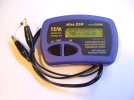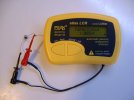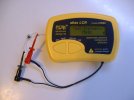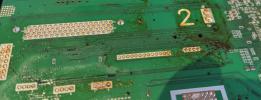They're a good way to isolate circuits for saving power or testing or en/disabling 'features.'Hey guys, I've just discovered another 5 LDOs on the underside of the PCB! What is it with Humax and LDOs??
View attachment 5825
View attachment 5824
I used to place the extra-low voltage switching regulators (fed from a 5V or 3V3 general power plane), right under the middle of each big fat FPGA for the core voltage, and their power startup could be sequenced as required and (depending on the chip type) sometimes even turned off for testing










